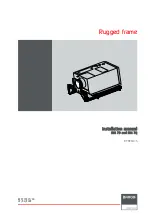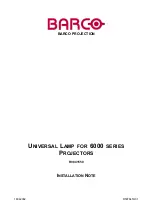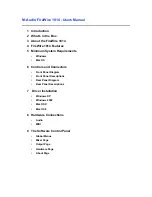
6.3. Cleaning
If necessary, clean the LiFePO4 battery with a soft, dry cloth. Never use
liquids, solvents or abrasive cleaners to clean the LiFePO4 battery.
7. Storage
Follow the storage instructions in this manual to optimise the life of the
LiFePO4 battery during storage. If these instructions are not followed
and the LiFePO4 battery is no longer charged when checked, consider it
potentially damaged. Do not attempt to charge or use it. Contact your
dealer or GS-Power.
The self-discharge of the LiFePO4 battery is approximately <10% per
year.
•
Charge or discharge the LiFePO4 battery to 75% of its capacity
before storage.
•
Disconnect the LiFePO4 battery from all loads and, if present, from
the charger.
•
During storage, place a terminal cap over the
•
LiFePO4 battery terminals (+) during storage.
•
Every year, charge the LiFePO4 battery to about 75 % of its
capacity.
8. Transportation
Always check all applicable local, national and international regulations
before transporting a lithium iron phosphate battery.
The transport of a discarded, damaged or recalled LiFePO4 battery may
be specifically restricted or prohibited in certain cases.
The transport of the LiFePO4 battery falls under hazard class UN3480,
Class 9. For transport by water, air and land, the LiFePO4 battery falls
under packing group PI965.




































